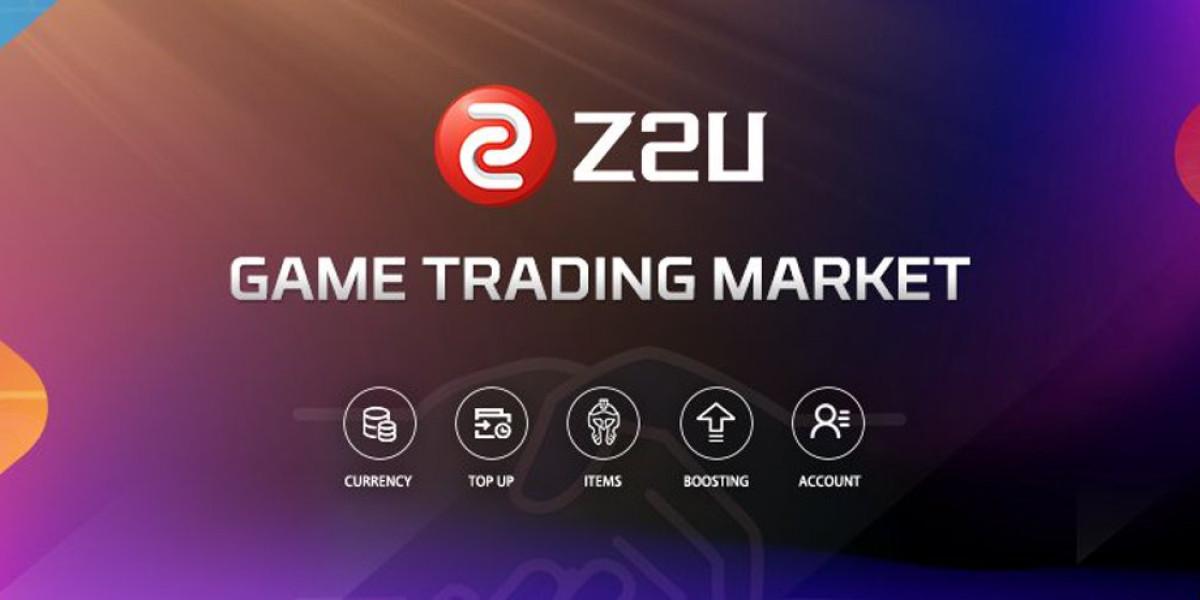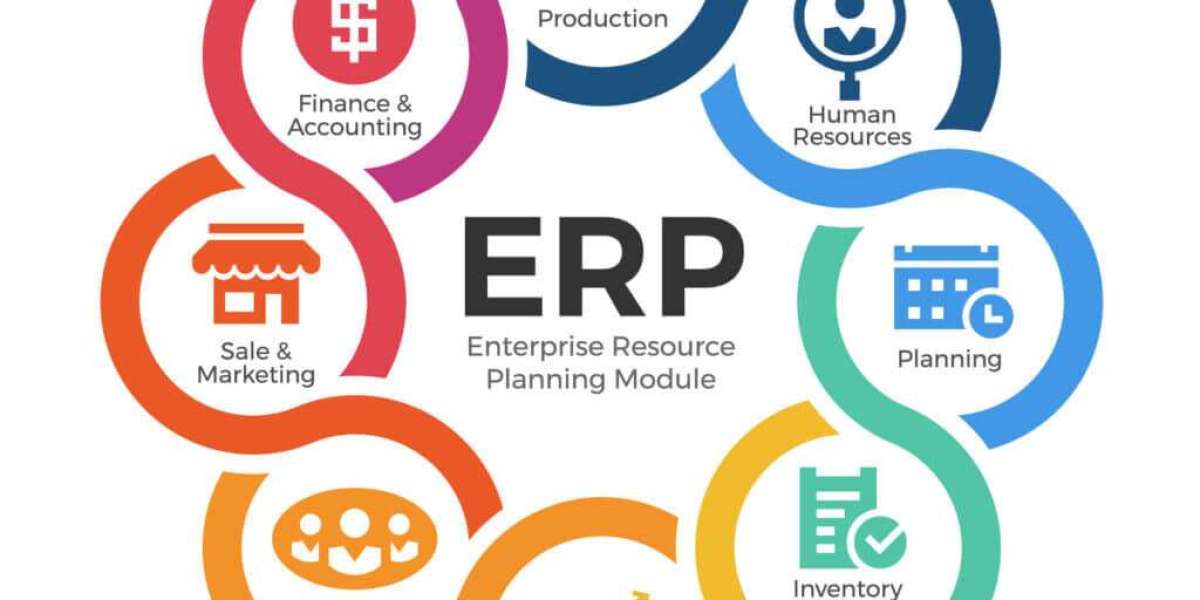The global market for headless CMS software is a dynamic and fiercely competitive arena, with market share being contested by a powerful mix of well-funded, API-first startups, established players from the traditional CMS world who are pivoting to a headless model, and the ever-present influence of the open-source community. A detailed Headless CMS Software Market Share Analysis reveals that a significant and leading portion of the market, particularly among tech-forward, enterprise customers, is held by a cohort of pure-play, venture-backed companies that have defined and pioneered the headless category. This top tier includes market leaders like Contentful, Contentstack, and Sanity. Their market share is built on the strength of their powerful, scalable, and developer-centric, API-first platforms. Their competitive strategy is to offer a comprehensive, enterprise-grade solution that is designed to be the central content hub for a company's entire digital ecosystem. They compete by offering a rich feature set, including sophisticated content modeling, granular user permissions, powerful SDKs and developer tools, and a robust and reliable global infrastructure, making them the go-to choice for large organizations that are building complex, omnichannel digital experiences.
A second and increasingly powerful force shaping the market share analysis is the cohort of established players from the traditional, monolithic CMS and Digital Experience Platform (DXP) world who are aggressively pivoting to offer their own headless and "hybrid" solutions. This group includes long-standing market giants like Adobe (with Adobe Experience Manager), Acquia (the enterprise company behind the open-source Drupal CMS), and a host of others. Their competitive strategy is to leverage their massive, existing installed base of enterprise customers and to offer them a less disruptive path to a more modern architecture. They often provide a "hybrid" model where a customer can continue to use the familiar, all-in-one platform for their traditional website while also using a new set of APIs to deliver content to their mobile apps and other digital channels. Their deep, long-standing relationships with the CMOs and CIOs of the world's largest companies give them a powerful advantage in capturing a significant share of the enterprise headless market.
Finally, the market share landscape would be incomplete without recognizing the profound and foundational influence of the open-source community. A massive and highly influential share of the market is held by open-source headless CMS projects, with Strapi being the undisputed leader in this category. Strapi and other open-source alternatives like Directus offer a free, highly customizable, and self-hostable solution that is incredibly popular with developers, startups, and companies that require full control over their own data and infrastructure. The competitive advantage of the open-source model is its immense flexibility and its vibrant developer community. While these projects may not generate direct software license revenue, their widespread adoption represents a huge portion of the total market activity. This dynamic has also given rise to a new and successful commercial model, where the companies behind the open-source projects (like Strapi, Inc.) offer a paid, enterprise-grade, and fully hosted cloud version of their software, capturing a significant and growing share of the commercial market.
Top Trending Regional Reports -


